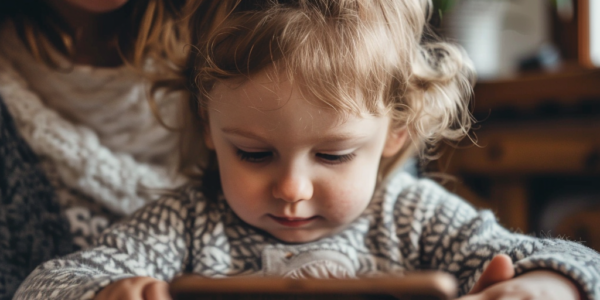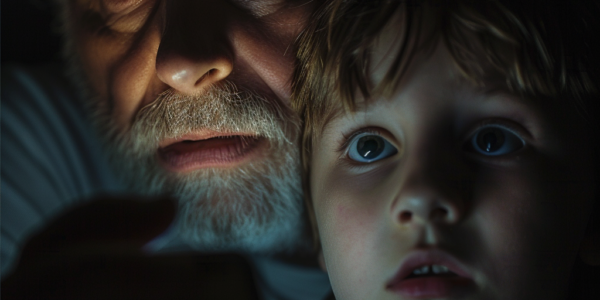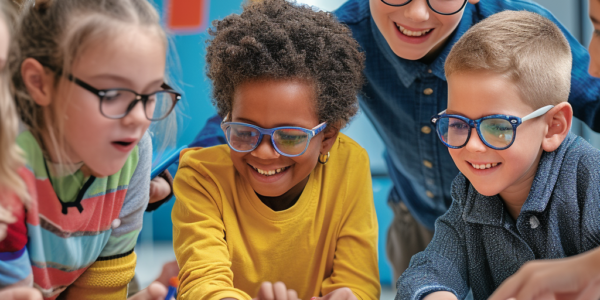Navigating Myopia: Maddy’s Journey and the Importance of Management
Myopia, or nearsightedness, is a growing concern for children, as highlighted by the story of Maddy, a 12-year-old girl navigating this condition. With her family’s journey through myopia management, the importance of early intervention and ongoing care becomes evident. As families face the challenges of myopia, understanding management strategies and engaging with eye care professionals is crucial for ensuring children’s vision health and overall well-being.
AI Innovations Enhance Early Detection of Myopic Maculopathy
A groundbreaking study from Arizona State University reveals how artificial intelligence (AI) is transforming the early diagnosis of myopic maculopathy, a severe complication of myopia. With myopia rates projected to affect nearly half of the global population by 2050, this innovative research highlights the importance of timely detection and intervention to prevent vision loss. By leveraging AI, healthcare professionals can enhance diagnostic accuracy and improve outcomes for vulnerable populations, especially children.
Alarming Rise in Myopia Among Children Linked to Pandemic Lifestyle Changes
Recent research reveals that one in three children globally is affected by myopia, with rates tripling since 1990. The study, published in the British Journal of Ophthalmology, highlights the impact of lifestyle changes during the COVID-19 pandemic, particularly increased screen time and reduced outdoor activities. Urgent action is needed to address this public health concern as projections suggest over half of teenagers could be myopic by 2050.
Rising Cases of Nearsightedness Spark Concern Among Experts
Recent studies show a significant increase in nearsightedness among Americans, with half of the world’s population predicted to be affected by myopia by mid-century. Excessive screen time is linked to the rise in myopia cases, emphasizing the importance of limiting screen exposure and encouraging outdoor activities. Dr. Ritter recommends following guidelines from the American Academy of Pediatrics and implementing the 20-20-20 rule to alleviate eye strain and slow the progression of myopia.
Rising Rates of Myopia: A Growing Global Concern
Learn about the growing concern of myopia, with optometry researchers predicting that half of the global population will need corrective lenses by 2050. Discover the behavioral and genetic factors influencing myopia development, as well as the impact of excessive screen time on eye health. Find out how promoting outdoor activities and educating individuals can help address the rising rates of myopia and protect visual well-being.
Managing Children’s Screen Time and Protecting Their Eyes in the Digital Age
Managing children’s screen time and protecting their eyes is a common concern for parents in today’s digital age. Dr. Pradeep Sharma, a paediatric ophthalmologist, explains that excessive screen time can contribute to the development of myopia, a prevalent eye condition among the younger population. Promoting healthy screen habits and incorporating regular breaks, such as the 20:20:20 guideline, is essential. Balancing screen time with other offline activities is key to preventing excessive screen exposure and protecting children’s eyesight.
Parents Must Wake Up to the Dangers of Screen Addiction
Learn about the dangers of screen addiction in children and young people, and how one mother’s experience led her to found an organization aimed at preventing and reversing screen addiction. Melanie Hempe, founder of ScreenStrong, shares her story and mission.
HOYA emphasizes the importance of discussing myopia with optometrists, parents, and educators as students return to classrooms
As students across Australia return to classrooms, lens manufacturer HOYA is emphasizing the importance of discussing myopia with optometrists, parents, and educators. The company is urging the prioritization of children’s eye health, stating that myopia affects both learning and long-term…








